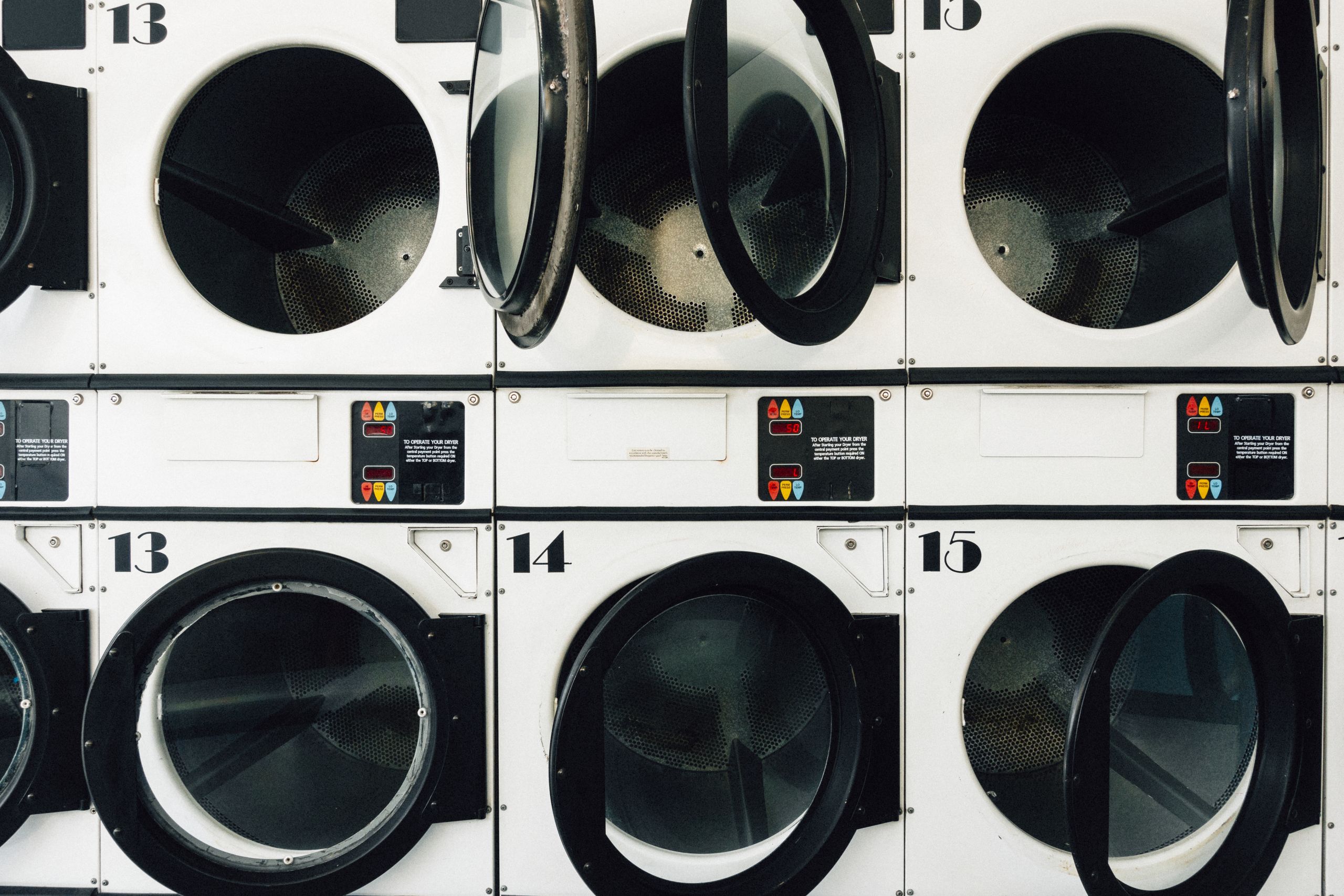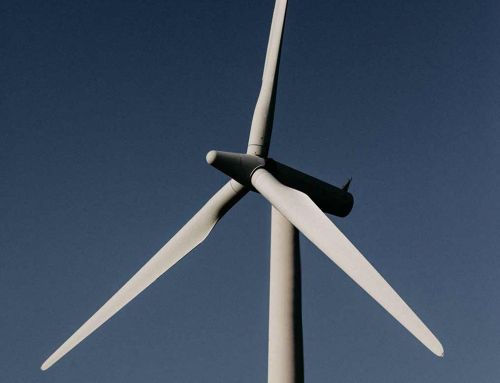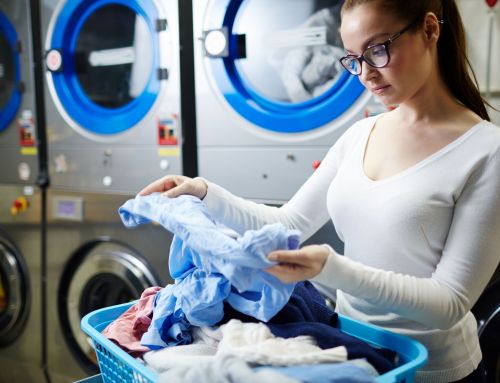WET CLEANING PROCESS
The wet cleaning process involves various steps to ensure that clothes are cleaned without damaging the fabric and provide a fresh feel to the wearer. Water is the main agent used in wet cleaning, as it softens the fabric and helps to remove stains.
Detergents and fragrances are often included to enhance the cleaning process. Washing of clothes contains multiple work processing, in that below five are the major process.
Soaking:
Soaking is the initial step where washable clothes are submerged in water containing detergents. This process helps to soften the clothes and make the washing process easier by lightening stains.
Soaking | Washing | Rinsing | Extracting or squeezing | Drying
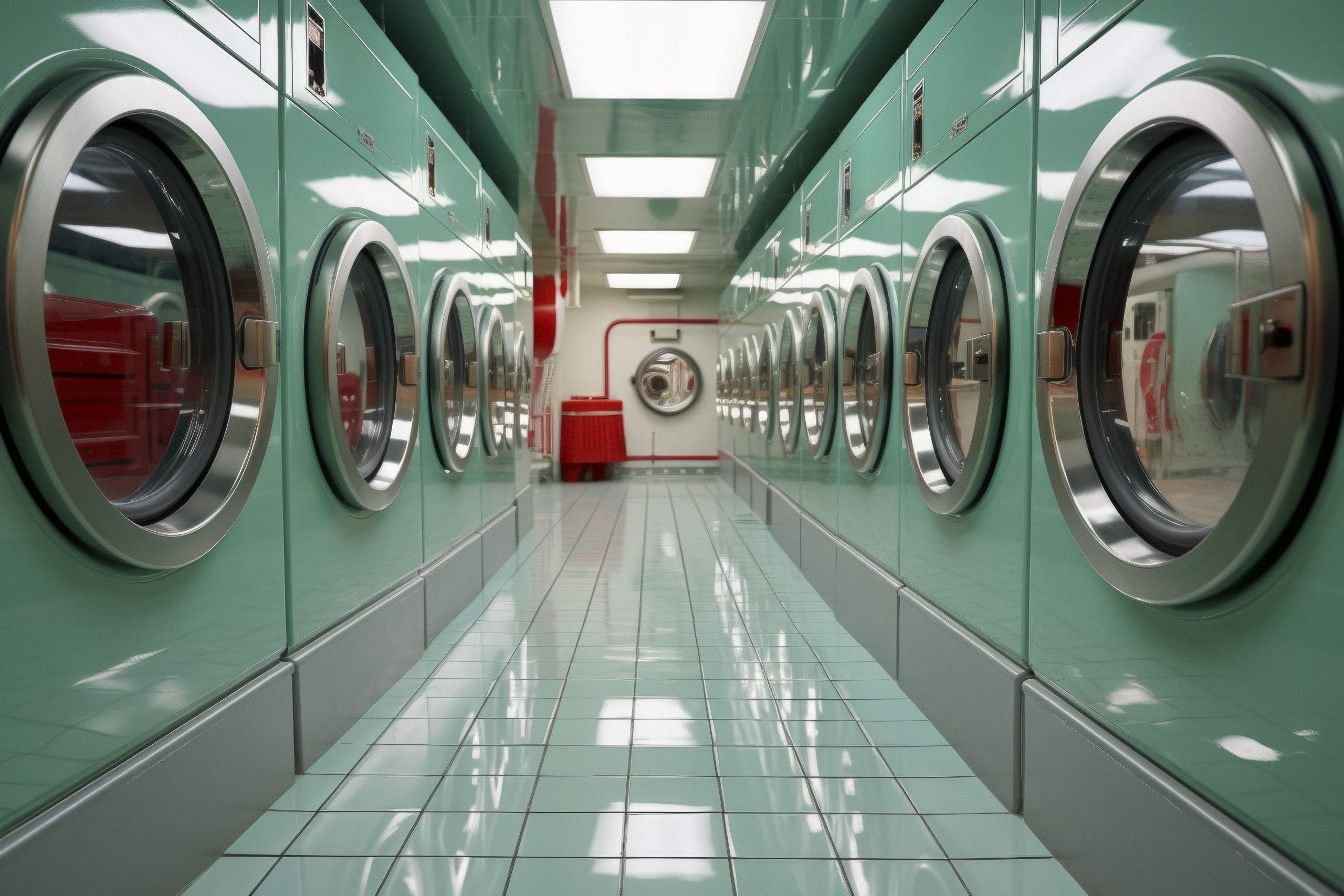
Washing and Rinsing:
Washing and rinsing are similar processes performed in a washing drum. In the washing stage, clothes are beaten and rotated with detergent mixed water to remove stains.
In the rinsing stage, the clothes are beaten with clean water to remove any remaining stain and detergent residue. It is recommended to rinse the clothes twice to ensure thorough cleaning.
After both washing and rinsing, the water is drained.
Extracting or Squeezing:
In the extracting or squeezing stage, excess water is removed from the washed clothes.
A rotating drum is used at around 750 — 950 RPM speed to extract around 70-80% of the moisture, leaving only about 25% remaining moisture in the cloth.
This is achieved through the application of centrifugal force.
Drying:
The final step is drying, which begins after the extraction process. Residual 25% moisture in the clothes is dried using an external heating source. This not only removes the remaining moisture but also provides a better external softness to the fabric.
